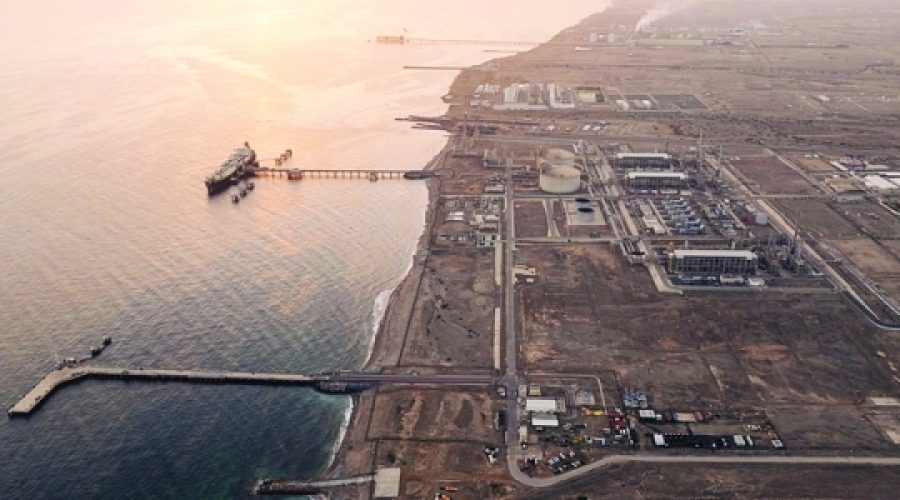Oman’s Rising Gas Production: What the Boost in the Energy Sector Means for Investors and Businesses
Muscat: The Sultanate of Oman experienced a slight decrease in crude oil production in 2024, while natural gas output saw significant growth, according to the Central Bank of Oman’s Annual Report for 2024.
The report indicates that the average price of Omani crude fell by 1.4% to $81.2 per barrel, compared to $82.3 in 2023. Prices ranged from a low of $73.5 in November to a high of $89.3 in June.
Despite this minor price decline, the oil and gas sector remained vital to the national economy, contributing approximately 34.6% to nominal GDP. Revenues from these sectors accounted for 72.6% of total government income, a slight increase from 71.9% in the previous year.
Crude oil production decreased by 5.4% to an average of 992.6 thousand barrels per day, totaling 363.3 million barrels for the year. Condensate production experienced a marginal decline of 0.2%, amounting to 85.3 million barrels.
This decrease in production is attributed to natural field depletion and ongoing efforts to optimize output in response to fluctuating global demand.
Crude oil exports mirrored this trend, dropping by 0.6% to 308.4 million barrels in 2024, down from 310.3 million barrels in 2023. However, the proportion of exports relative to total production increased to 84.9%, compared to 81.1% in 2023, indicating a sustained external demand for Omani crude despite the overall reduction in output.
China continued to be the primary importer of Omani oil, accounting for 94.1% of total exports, which translates to 290.2 million barrels—a 1.6% increase from the previous year. South Korea imported 5.8 million barrels, an increase of 12%, while Japan saw a notable decline, importing 5.7 million barrels, down 39%. India received 3 million barrels, with Malaysia and other markets contributing smaller shares.
In contrast, the natural gas sector displayed robust growth, solidifying Oman’s position as a key regional supplier. Total natural gas production climbed by 5.0% to 54,612 million cubic meters in 2024, up from 51,996 million cubic meters in 2023. This increase was driven by the expansion of domestic gas projects and heightened demand for power generation, industrial applications, and exports.
Associated gas constituted 21.3% of total production in 2024, slightly up from 21.1% in 2023, with non-associated gas accounting for the remaining 78.7%.
The report emphasizes the importance of natural gas in Oman’s long-term energy strategy, particularly as the country aims for greater economic diversification and energy transition goals under Oman Vision 2040.
Comprehensive charts within the report illustrate trends in oil production, exports, and destination breakdowns. While oil remains crucial for Oman’s fiscal stability, the steady rise in natural gas output reflects a strategic balance in the energy mix, positioning Oman for sustainable growth in an evolving global energy landscape.
Special Analysis by Omanet | Navigate Oman’s Market
The modest decline in crude oil output alongside the significant growth in natural gas production signals a strategic shift in Oman’s energy landscape, presenting both opportunities and risks for businesses. Companies should consider investing in the expanding gas sector, as it aligns with Oman Vision 2040’s goals for diversification and energy transition. Smart investors must remain vigilant about global oil price volatility while positioning themselves to capitalize on the increasing external demand for Omani energy resources, particularly from China.



